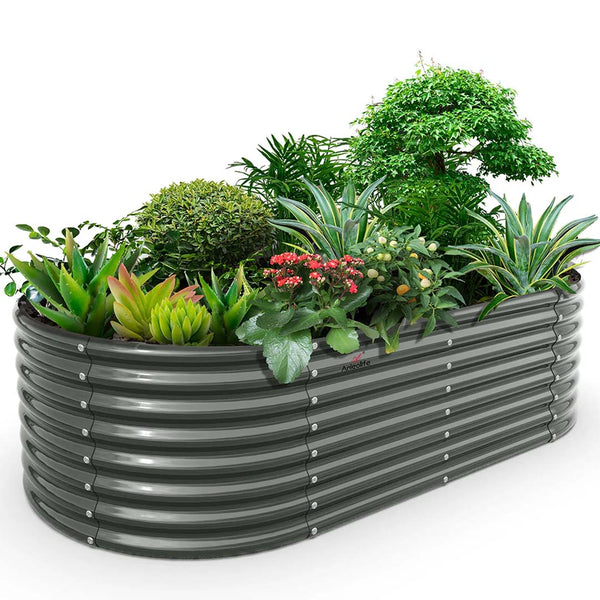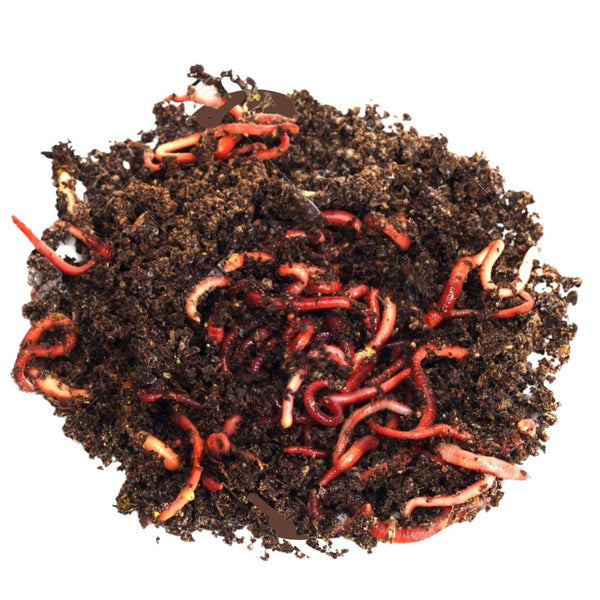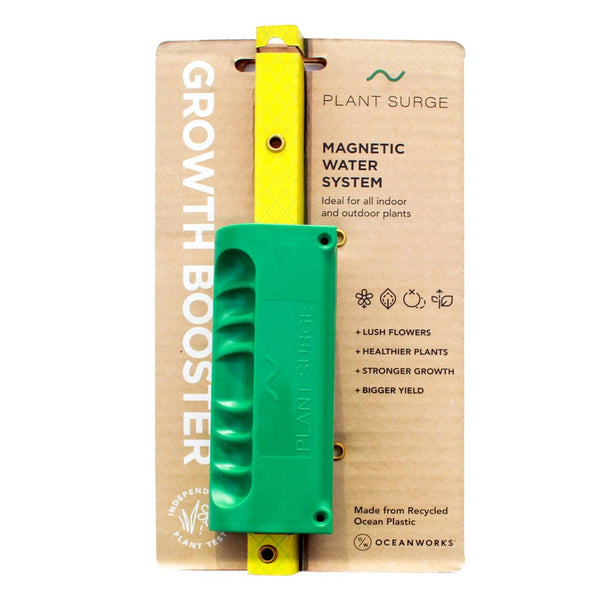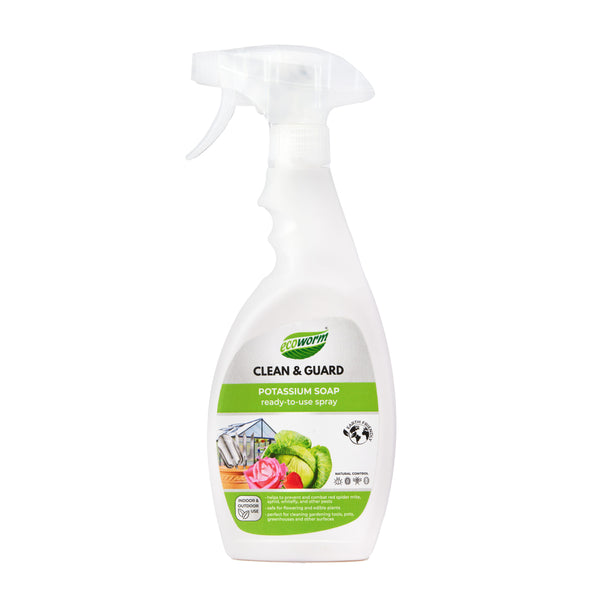The Soil Physics Secret: Adding Rice Hulls To Soil Creates Perfect Structure Instantly

Understanding Soil Amendments
Benefits of Soil Amendments
When you're in the garden, it's super important to have soil that's up to snuff for your plants. Soil amendments are like magic potions we can mix into the dirt to give it a makeover. They help boost the soil's condition and, by extension, make our plant babies happier and healthier.
- Improves Soil Structure: Toss in some organic matter to keep the soil from turning into a pancake.
- Enhances Drainage: Keeps the water running smoothly so our plants don’t end up drowning.
- Boosts Nutrient Retention: Think of it as a nutrient bank that keeps all the good stuff where it belongs.
- Increases Aeration: Makes sure plant roots get enough air, because they need to breathe too.
- Balances Soil pH: Levels out the acidity or alkalinity in soil—no one likes their soil too sour or too bitter!
Importance of Rice Hulls
Ah, rice hulls. These guys are kinda the unsung heroes of the garden kingdom. If you’re yet to meet them, here’s the scoop: they’re the outer shells of rice grains. Not even kidding, they can work wonders for your garden Granite Seed).
| Why Use Rice Hulls? | What They Do For Your Garden |
|---|---|
| Sustainability | An eco-friendly choice. They’re a solid swap for stuff like peat moss because they don’t suck up natural resources. |
| Controls Soil Erosion | Stops your dirt from blowing away in the wind or getting washed out when it rains. Keeps it where it should be. (Granite Seed) |
| Water Retention | Helps the soil hang on to moisture—lifesaver for those living in dry areas. |
| Aeration and Drainage | Keeps the soil airy and well-drained, cutting down on the risk of root rot. |
| Breaks Down Quickly | After a round in the garden, they decompose and feed nutrients back into the soil. |
These humble rice hulls can work some serious magic in your garden, and even beyond. They have fans in industries like fuel production and hydroponics, too (South Elmonte Hydroponics).
Fancy getting more into the world of rice hulls? Check out our articles on rice hull mulch and organic rice hulls to see what else these little wonders can do!
Incorporating Rice Hulls in Soil
Adding rice hulls to your soil can be a game-changer for your garden. Not only do these natural wonders boost your soil game, but they're also a powerhouse for plant growth.
Properties of Rice Hulls
Rice hulls are like the superheroes of soil amendments. They’re super porous, meaning they hold water like a pro while cutting back on how often you need to water (South Elmonte Hydroponics). This quality also lets roots breathe, which keeps plants happy and disease-free.
These hulls take their sweet time breaking down, slowly leaking out nutrients like nitrogen, always keeping your plants’ bellies full (GrowOrganic). Their magic touch doesn’t stop there—they also stand guard against soil erosion, battling wind and water to keep your patch of earth steady and your property safe (Granite Seed).
Application Methods and Ratios
Using rice hulls is as easy as pie. Here’s a few ways to get started with your garden’s new best friend:
1. Mixing into Potting Soil:
- Go half-and-half with rice hulls and your potting soil. It’s a combo that boosts air flow and ditchs excess water for potted plants.
2. Amending Garden Beds:
- In raised beds, throw in a layer of rice hulls, 2 to 4 inches thick, into the top 6 to 8 inches of soil. That extra organic matter works wonders for soil texture.
3. Top-Dressing:

- Lay a thin crust of rice hulls (think 1-2 inches) on top of the soil. This layer acts like a shield, keeping moisture in and evaporation out.
4. Composting:
- Toss them into your compost pile to fluff it up. Keep things balanced between green and brown bits for top-notch compost.
Here’s a cheat sheet for easy reference:
| Application Method | Recommended Ratio |
|---|---|
| Potting Soil Mix | 1:1 |
| Raised Garden Beds | 2-4 inches into the top 6-8 inches of soil |
| Top-Dressing | 1-2 inches on the surface |
| Composting | Balanced with green and brown stuff |
Rice hulls don’t just stop there—they’re wallet-friendly, good for the planet, and make spreading seeds a breeze.
Bring these tips into your gardening routine, and watch your garden thrive. If you’re curious and want more juice on rice hulls, check out our article on rice hulls for gardens.























